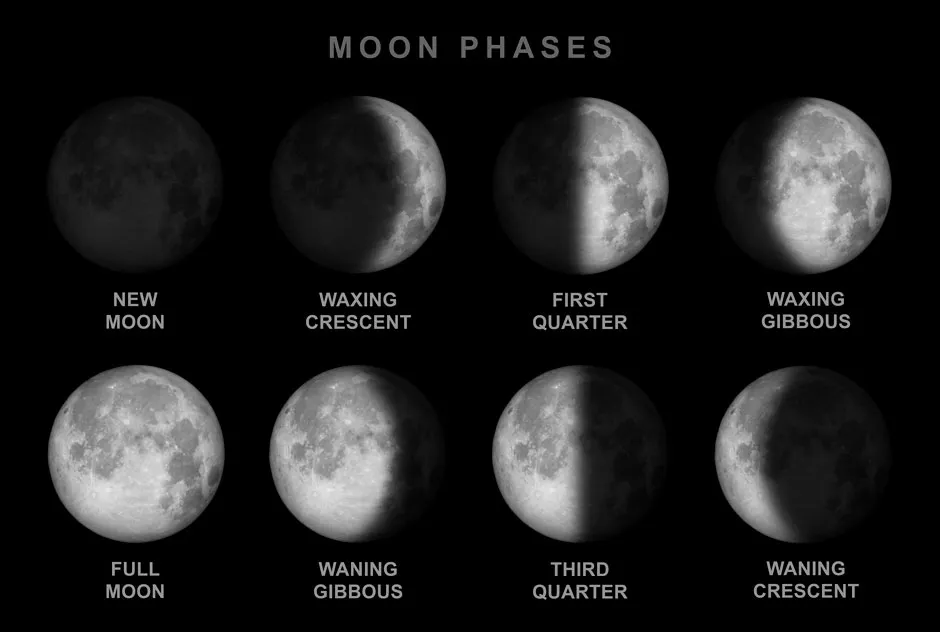The third full Moon of 2021, the so-called Worm Moon, is wriggling ever closer, taking to the night sky in late March.
But when exactly can you see the Worm Moon? Why does it have that rather squirmy name? And how can you take a photo of it that doesn’t look like an underwhelming white spec? We’ve answered all these lunar quandaries and more below.
Plus, if you’re looking for more stargazing tips, be sure to check out ourfull Moon UKcalendar andastronomy for beginnersguide.
When is the Worm Moon 2021?
The Worm Moon can be seen fromSunday 28 March 2021in the UK (and around the rest of the Earth).
Technically, the Moon is only ‘full’ – reflecting the maximum amount of sunlight onto Earth – for only a short period. This happens when Earth comes exactly between the Moon and the Sun, a moment known as ‘syzygy’.
In the UK, this will happen at 7.48pm on 28 March (remember, in the UK, the clocks go forward by one hour from 1am this day due to British Summer Time).
Don’t worry if you miss this moment of syzygy, though: to the naked eye, the Moon will appear full for another two to three nights.
Why is it called a Worm Moon?
Like other names full Moons are given throughout the year, there’s no overall agreement why the Worm Moon is called so.
Several sources claim it originates from a group of Native Americans who named the Worm Moon after the worm trails that become visible on the newly-thawed ground as spring begins.
Read more about the Moon:
However, giving March’s full Moon this name officially could open up a whole can of worms.
“No one seems to know who is inventing these generalisations,” says Dr Das Baskill, physics and astronomy lecturer at the University of Sussex.
He adds: “There could also be some cultural insensitivity in grouping all Native Americans into one group.”
Indeed, Native Americans are as extremely diverse as Europeans in terms of language and culture. This means different tribes gave vastly different names for what many call the ‘Worm Moon’ – everything from the ‘moose hunter Moon’, to the ‘snow crust Moon’ and even the ‘sore eye Moon’.
AsProf Bill Leatherbarrow, director of theBritish Astronomical Association's Lunar Section adds: “The problem is that each month’s full Moon seems to have some kind of name attached to it, usually drawn from different cultures.
"It’s all relative, and there is no scientific rationale or objective authority on which to base the names."
How often do full Moons take place?
A full Moon occurs roughly every 29.5 days, the length of one lunar cycle. This means it happens around once a month (our word for ‘month’ is actually rooted in the word ‘Moon’).
The next full Moon, which some call the ‘Pink Moon’, will occur on Tuesday 27 April 2021. It will be a supermoon, appearing 14 per cent bigger and 30 per cent brighter in the sky.

What’s the best way of photographing the Worm Moon?
The good news: taking pictures of a full Moon can be incredibly easy. The bad news: it’s also easy to get wrong.
The number one mistake: leaving your flash on. Turn it off and, if you’re using a phone, lower your camera’s ISO sensitivity and raise your focus to 100.
If you’re still struggling, you can download one of the many astronomy photography apps.NightCap –available on theApp Store, £2.99 – is our top pick, making it onto our list ofbest astronomy apps.
On a digital camera, try an aperture of f/11 to f/16 and a shutter speed of between 1/60th and 1/125th of a second. Be warned: this slow shutter speed means you’ll have to hold the camera extremely steady or, to make life a lot easier, use a tripod.
Reader Q&A: Does the Moon look ‘upside down’ in the southern hemisphere?
Asked by: Millie Granger, London
Indeed, the Moon does look ‘upside down’ in the southern hemisphere compared to the northern hemisphere. This is simply a matter of orientation.
Imagine if the Moon orbited in the same plane as the equator. If you were in the northern hemisphere, the Moon would always appear in the southern sky since that is the direction of the equator. The reverse is true in the southern hemisphere: the Moon would appear in the northern sky.
So, these two observers are looking at the same object from opposite directions and naturally that means one sees the object flipped compared to the other. This means that the ‘Man in the Moon’ is upside down in the southern hemisphere, and can actually look more like a rabbit.
Read more about the Moon: